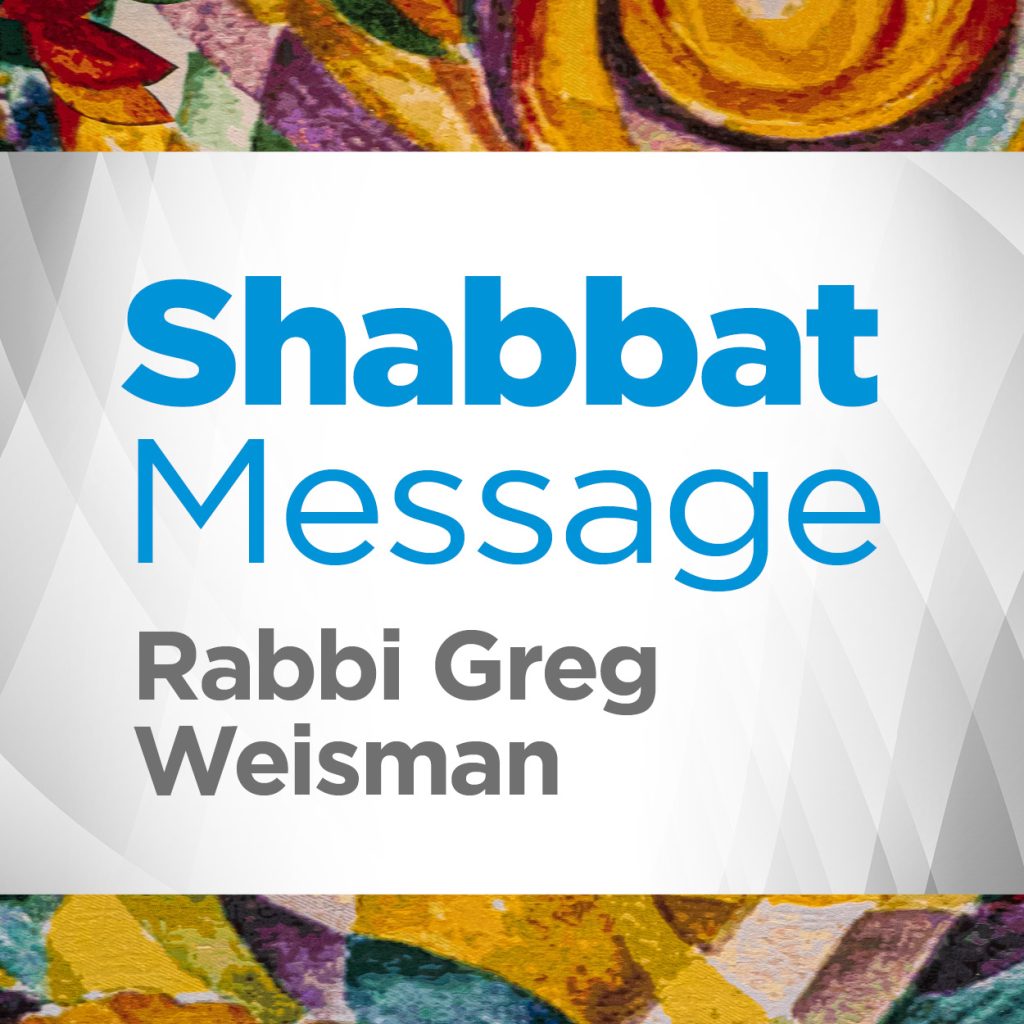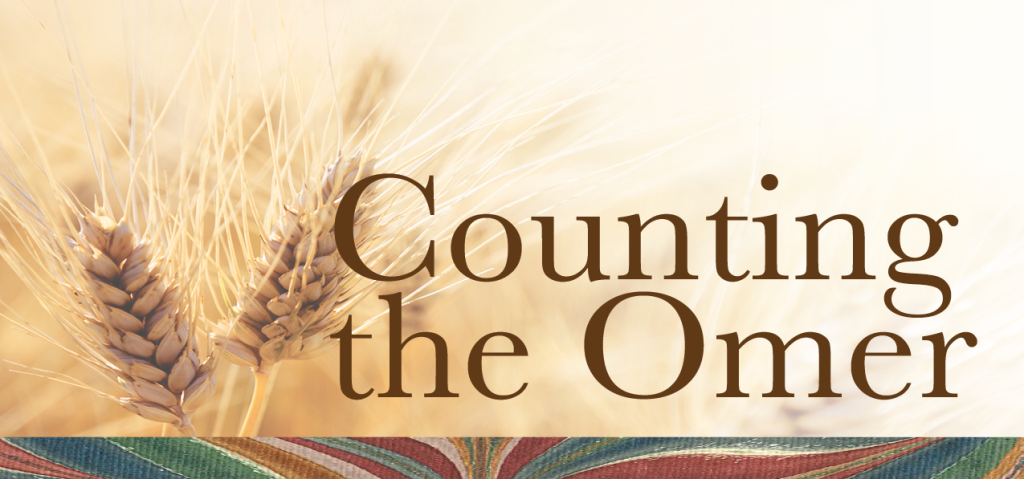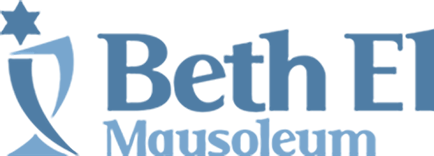Growing up in Chicago, home of United Airlines, I was exposed to George Gershwin’s “Rhapsody in Blue” from a young age. I would hear it on TV commercials, radio spots, and walking through the corridors of O’Hare Airport. Its energetic mix of orchestral and piano sounds, rising and falling tempos, and repeating musical phrases still bring a nostalgic smile to my face whenever I hear them.
Gershwin, the son of Jewish immigrants, is known for his importing of traditional Ashkenazi melodies into his Tin Pan Alley music, despite the fact that he was not particularly religious. As American Jews, we celebrate him and so many other Jewish artists of his era, like the Warner Brothers or Marc Chagall, who tell the story of Jews’ success in the US.
But Jews as creatives is not a uniquely 20th Century American phenomenon. We read in this week’s Torah portion, Terumah, of the intricate instructions and designs that the Holy One gave to Moses to pass onto the Israelites for the Mishkan, the Tabernacle; the mobile tent of meeting in which the Israelites would offer their sacrifices of worship. It was made of various woods, precious metals and stones, yarns and threads, even animal skins. Eventually a crew of artisans, led by Betzalel, take on the task of fashioning all the various utensils, vestments, and decorations for this mobile holy space. Each of them, following God’s design, use their skill to express their devotion and enhance the community’s worship experience.
In making the request for supplies in the portion, God says to Moses, “Tell the Israelite people to bring Me gifts; you shall accept gifts for Me from every person whose heart is so moved.” What is beautiful about this is the voluntary nature of the entire campaign – each contribution was seen as a gift to God and each donor expressing a desire emanating from their heart. This became a model for how we as Jews should think about giving to our community – that it should be a gift from the heart.
Some Jews are able to give dollars or shekels, others raw materials or craftsmanship. But for George Gershwin and others like him, their heart told them that what they had to give was their artistic talent. His catalogue of musical scores, orchestral and piano works, and popular and jazz songs are known to so many. But none is more well-known than his “Rhapsody in Blue.”
It premiered 100 years ago this week, on February 12, 1924. It was commissioned to be a celebration of the birthday of Abraham Lincoln, and was meant to be a “musical kaleidoscope of America, of our vast melting pot, of our unduplicated national pep, of our metropolitan madness,” as Gershwin told his biographer Isaac Goldberg. This first generation American, who at the time was only 26, had nonetheless already lived in 28 different homes, on different streets with different neighbors during his young life. In this work he tried to bring together the varied experiences of New York in the 20s, the Jazz Age of musical and cultural development. While many critics have found fault with its musical structures and elements, many of those same critics still celebrate the pieces as enjoyable. Audiences loved hearing it.
A century later we think of Gershwin and “Rhapsody in Blue” as a Jewish musical triumph. Despite the issues our people faced in that decade, and in the decades to come, nonetheless one of “ours” had such a meaningful impact on American culture; a son of immigrants and a member of a minority. He was so deeply influenced by the other jazz musicians of his time, no doubt one of the many examples of Black-Jewish fellowship of its time.
Tonight, at Temple we continue that legacy of Black and Jewish Americans coming together with music, as we mark Black History Month by once again welcoming Hued Songs to our bima. We will celebrate Shabbat with a multicultural expression of song, spirit, artistry, and dialogue, adding the gifts of our hearts to the terumah of generations ago.
Rabbi Greg Weisman









